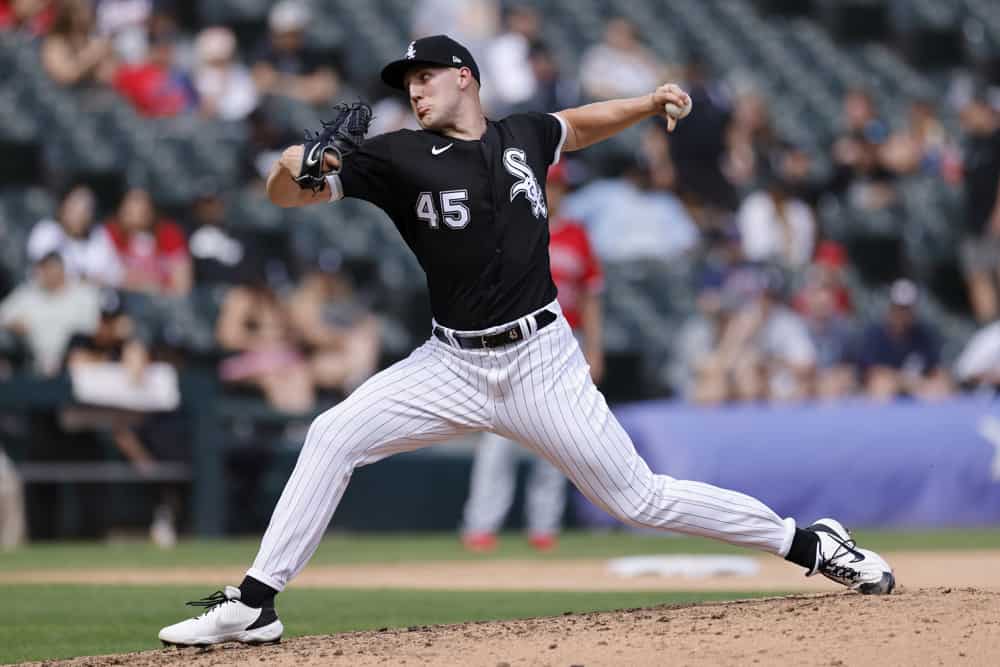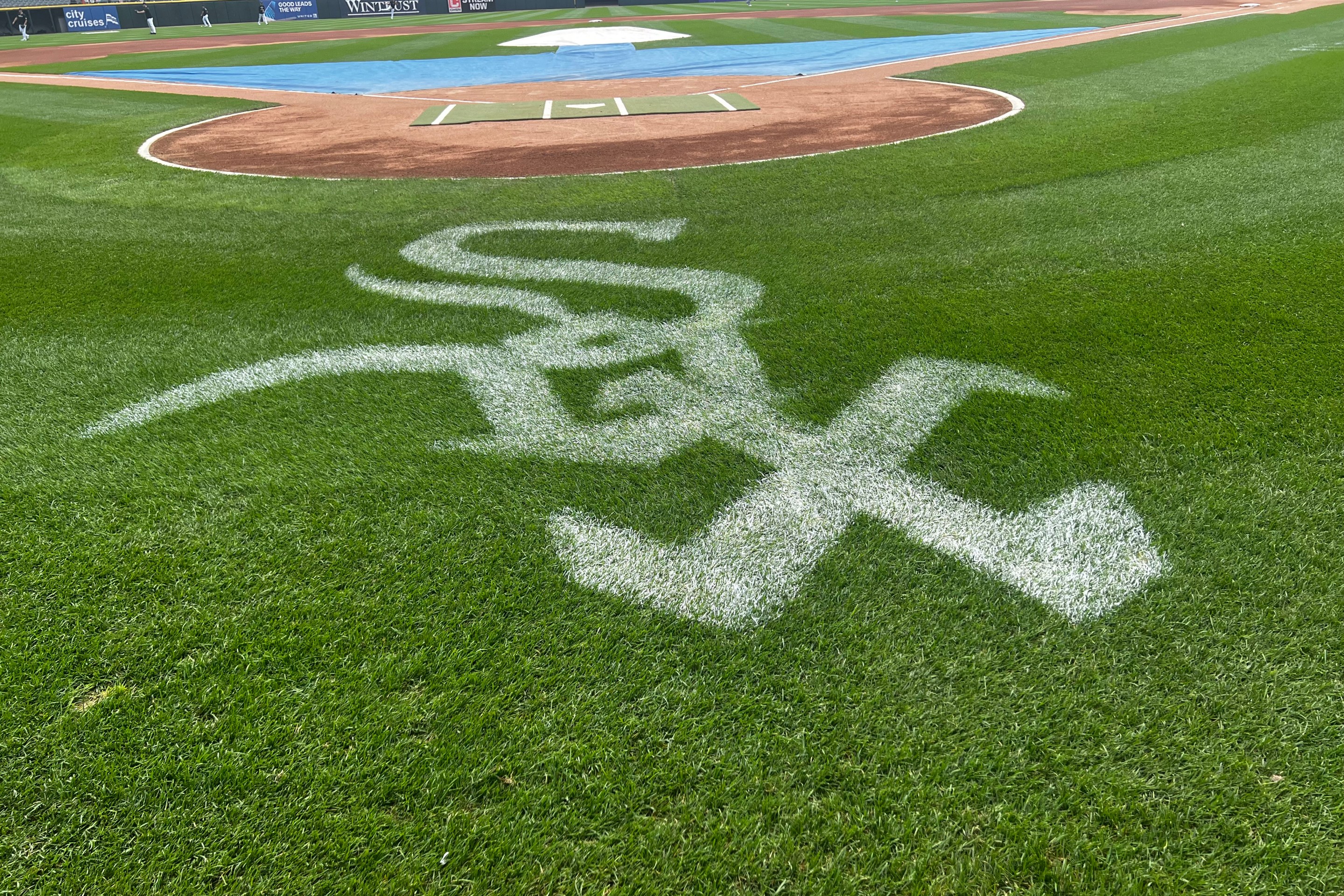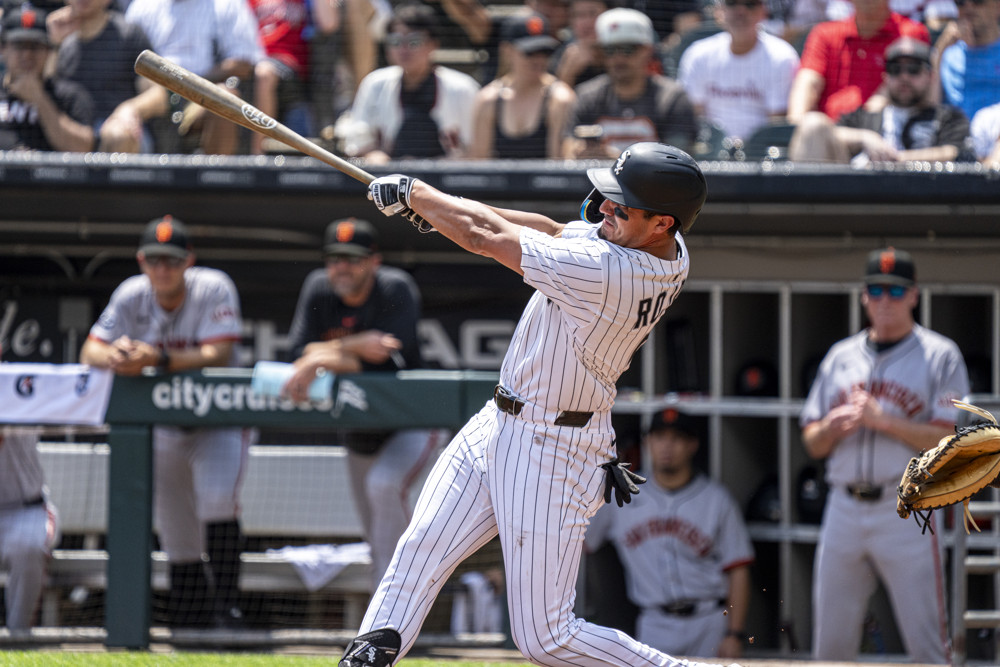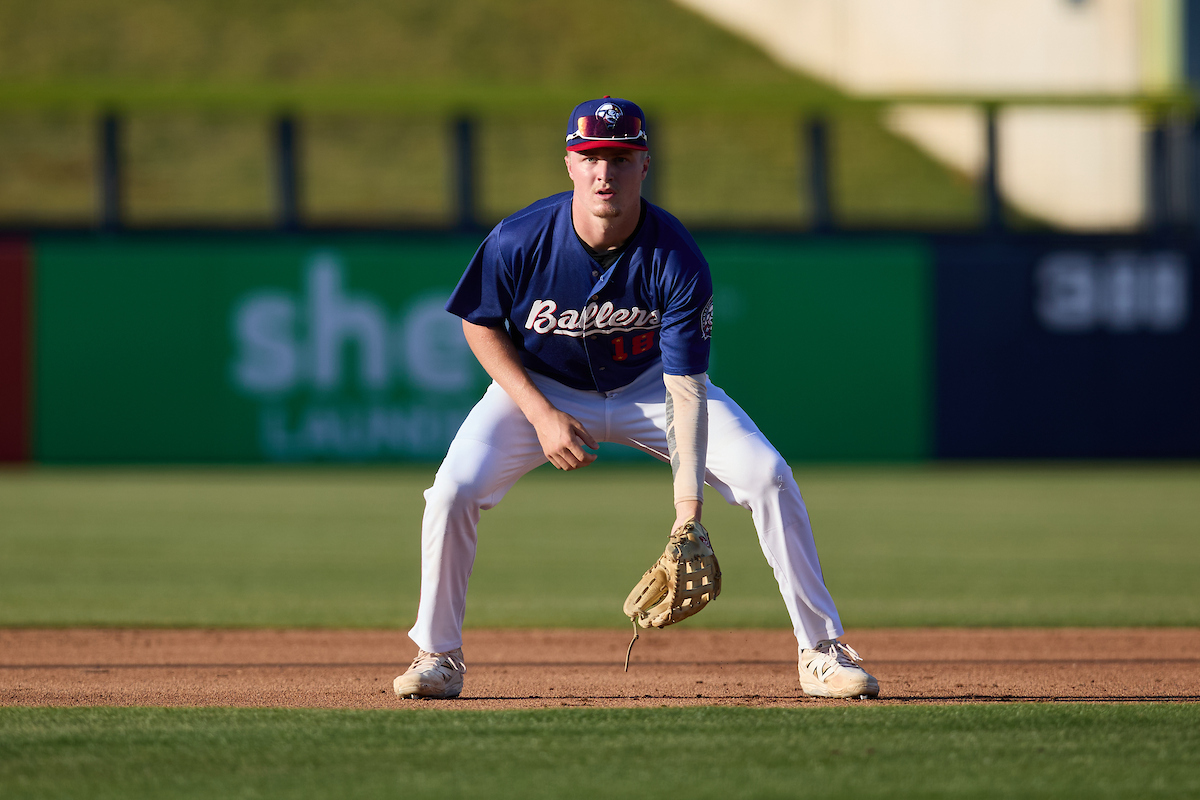Chris Getz had no news for White Sox beat reporters with regards to Dylan Cease, but he made some news on a conference call this afternoon by announcing an intention to have Garrett Crochet work as as a starting pitcher in 2024.
Via Scott Merkin:
Getz on Crochet: "He believes he can be a starter. We’ve seen him be a starter in the past. So we are going to go into spring prepared to stretch him out and we’ll make adjustments along the way if need be."
— Scott Merkin (@scottmerkin) January 9, 2024
More Getz on Crochet: "He hasn’t started in a couple years. So, it’s going to take a little bit of time to appropriately stretch him out. We are going in with the intention for him to be a starter in 2024."
— Scott Merkin (@scottmerkin) January 9, 2024
Given that Crochet last worked as a starter in 2019 as a sophomore at the University of Tennessee and amassed a grand total of 65 innings doing so, this all feels like a vast understatement. Maybe it'd be to envision if he'd mastered a bullpen role, but he's dealt with elbow and shoulder issues on both sides of Tommy John surgery that cost him all of 2022.
This is a topic White Sox fans have discussed on and off over the last few years, and it continues to revolve around two of the same questions, along with a new one.
No. 1: Can Crochet actually withstand the rigors of starting?
The only honest answer is "Who knows?", although there are plenty of reasons for skepticism. But some guys prefer an every-five-day routine, and because the White Sox routinely rush their first-round picks without letting them develop a program that helps them withstand a grind, perhaps this kind of reset is worth trying -- assuming the Sox are patient enough to make it work.
No. 2: Does he have a starter's arsenal?
This is my bigger question, because what Crochet throws varies from month to month. He came into the league sitting 100. Then that turned into 96 after an injury scare. After Tommy John surgery, that's still 96, and the involved parties seem to regard the triple-digit heat as a passing phase. His control also took a step back, although that's common in the return from a UCL replacement.
Still, his current state raises questions about all three pitches. If he's now a guy who averages 96, for how many innings can he hold it? Will he be able to command his breaking ball well enough to pitch backwards when necessary? Does his changeup get any softer, or will it continue to resemble a slow fastball? Again, "Who knows?"
No. 3: Is "Brian Bannister" an answer the question "Who knows?"?
The new White Sox senior pitching advisor's to-do list is growing by the day, and it'll be months before we know if he's capable of helping the White Sox achieve any of them, so I don't want to assume anything. This is merely an acknowledgement of the White Sox possessing a resource they lacked over Crochet's first 3½ years in the organization.
The last question is a recent development, but we've batted the first two questions around since the White Sox selected Crochet 11th overall in the 2020 draft, and they still remain open for investigation.
So what has changed? The circumstances.
Why stretch out Garrett Crochet now?
Even if Crochet's characteristics still aren't conducive to starting, there are two new driving forces that shift the odds a little more in the favor of giving him a look in that role.
No. 1: If the White Sox send Crochet to the minors to stretch out, they regain a year of service time.
Crochet has already reached arbitration eligibility with service time of 3 years and 28 days, and he's projected to make $900,000 for 2024. He's only pitched 73 innings since the Sox promoted him to the majors for the final stretch of the 2020 season, but the clock kept running even when elbow and shoulder injuries forced Crochet to stop throwing.
Since Crochet didn't spend a day in the minors outside of rehab stints, he still has all three of his options remaining, and the White Sox could use one if they want him to open the season in a Double-A or Triple-A rotation. If he spends a month and a half in the minor leagues, he'd finish the year without hitting an even 4.000 years of service time. That means Crochet would hit free agency after the 2027 season, as opposed to 2026.
Yet it doesn't really count as service-time manipulation because Crochet has been the one pushing the idea of starting. From James Fegan last July:
‘‘I feel like I have the stuff to fulfill that role,’’ Garrett Crochet said Saturday. ‘‘I just want the opportunity to do it.’’
And if Crochet wants to be stretched out as a starter, the minors is the most responsible place to allow him to create his routine in a low-stakes environment. It may not work out well enough to be considered a win-win, but the transition would fulfill Crochet's draft-day ambitions while giving the Sox a free year to conduct such an experiment.
And why would they conduct such an experiment?
No. 2: The mission has changed.
I regarded the selection of Crochet as the White Sox seeking a median outcome in uncertain times to contribute to a club that expected to contend for Crochet's entire team-control period. The team's dreams are dead, the old decision-makers are out, and while Crochet could end up enjoying middle-of-the-pack success if he carried on as a lefty reliever over the next three years, that doesn't do a rebuilding team a whole lot of good. They'd only be able to capitalize on that outcome if he stayed healthy long enough to build some trade value, but he doesn't have much in his current state.
If Crochet, against all odds, became a stabler presence in a rotation than the bullpen, then the White Sox might've created themselves an in-house rotation plug where there wasn't one before. If it turns out that Crochet doesn't have the stamina or arsenal to face hitters two or three times in a game every five days, reverting to relief remains an option.
The biggest risk is that Crochet's body can't withstand the rigors of starting, leading to another significant injury that takes all worthwhile options off the table. I'd be a little more concerned about that if Crochet could be considered a given in relief. Alas, he's had difficulties staying on the field over the last two seasons despite controlled workloads, so neither avenue feels like a sure thing. The Sox may as well pivot to the one that has the bigger payoff, because time is the only luxury they can indulge.





